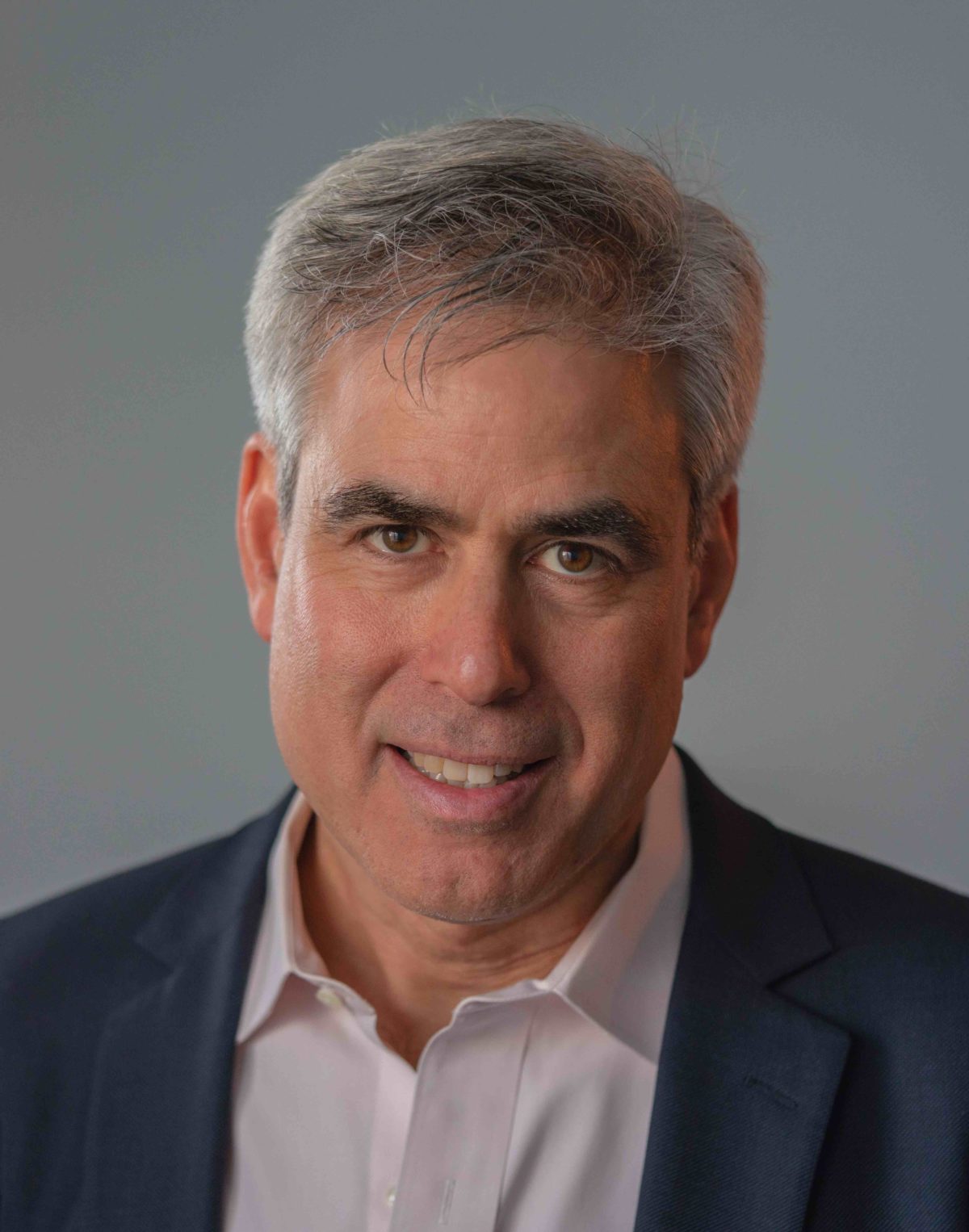
For the compassionate mind, attentive to the hard-fought and precious veneer of civilization tragically peeling away, a certain despair asserts itself. American democracy seemed immune to the Second Law of Thermodynamics, protected by the enlightened safeguards built into its structure by architects whose genius was meant to transcend history. At the moment, however, entropy is threatening victory. The abrupt S-76B death of Kobe Wan Kenobi was, in retrospect, portentous of a year so densely populated with outlier events that one wonders whether even a single day of sweet tranquility will bless us before its close: a circus impeachment of vacuous performance; a globally ruinous pandemic whose immediate death-dealing may prove inconsequential next to its downstream consequences; unabating nationwide riots that have turned the culture war dangerously hot; and all against the backdrop of a presidential election between candidates that, when taken as a pair, signify a republic weakened by complacency, corruption, spiritual neglect, ideological possession, and the unforeseen externalities of technological revolution.
You have reached your article limit
Sign up for a digital subscription and continue reading all new issues, plus our entire archives, for just $1.50/month.
Already a subscriber? Sign in




